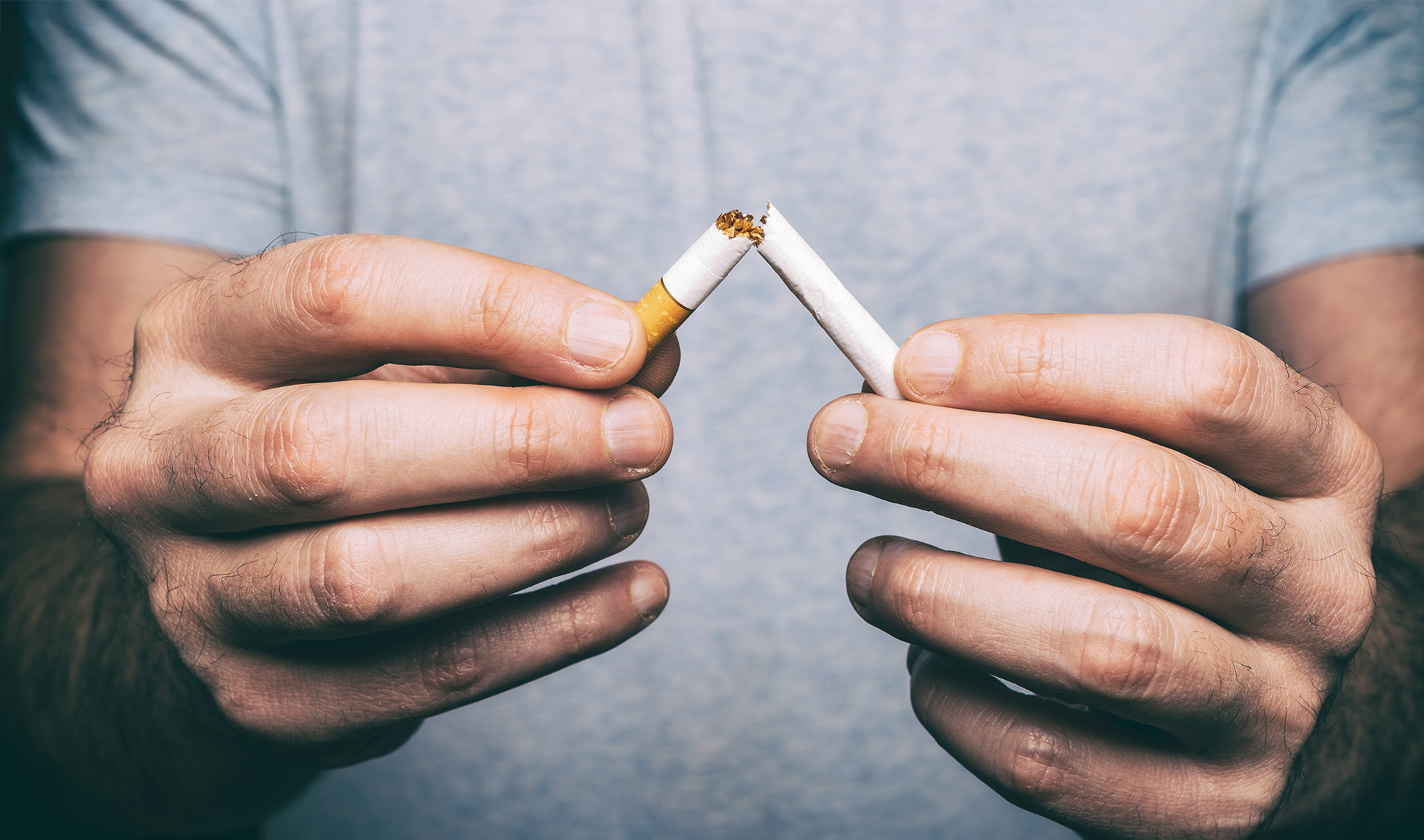Approximately 20% of women over the age of 40, and 8% of men over 40 have gallstones which may range in size from a pinhead to a golf ball. The gallbladder stores bile, essential for digestion of fats. Bile is released from the gallbladder when fatty foods have been eaten. When the components of bile become out of balance, gallstones may occur. There are four main types of gallstones, but by far the most common stones contain a mixture of cholesterol, bile salts, bile pigments and inorganic calcium salts. This type of stone is most likely to occur when a person has high cholesterol levels in the gallbladder (but not necessarily in the bloodstream) and low concentrations of bile acids which prevent stones from forming. Once a stone is formed it may take many years before symptoms are seen. Indeed there may never be any symptoms as gallstones may just sit in the gallbladder without causing trouble. When a gallstone decides to move it is very likely to become lodged in the duct between the liver and the duodenum (the bile duct). The result can be excruciating pain. The pain is usually sudden, intense pain in the upper right abdominal area, sometimes accompanied by low-grade fever, nausea and vomiting. The acute attack usually subsides within hours, perhaps leaving some soreness for another day. The acute attacks are treated with painkillers and anti-inflammatory drugs and in the longer term treatment usually involves the surgical removal of the gallbladder (cholecystectomy). Sometimes a gallstone will produce irritation of the gallbladder wall leading to inflammation and infection, not unlike appendicitis. This is called cholecystitis and it is treated with antibiotics and later surgery to remove the gallbladder.
Partial or complete blockage of the bile duct with a gallstone will lead on to jaundice or pancreatitis. Retrieval of the stone through the duodenum and bile duct is necessary in this case.The major risk factors for mixed gallstones are:
- Female sex (200 – 400% greater incidence than in men)
- Aged over 40
- Family history of gallstones
- Obesity (increases cholesterol levels in bile)
- High-calorie diet
- Use of synthetic oestrogens, such as the pill or HRT
- Having diabetes
- Heavy drinking
- Smoking
- Crohn’s disease or cystic fibrosis.
Kidney Stones
Kidney stones are formed in the kidneys, and in 75–80% of cases are made up of calcium salts. Kidney stones may also be made up of uric acid, or non-calcium containing crystals, in the case of infection.
Once a rarity, kidney stones are increasingly common, and in America alone approximately 1000 people a year are admitted to hospital with this problem. Kidney stones occur most frequently in Caucasian men over the age of 40. If kidney stones block the ureter (the tube through which urine passes to the bladder) the resulting pain is severe – similar in intensity to a gallstone or the pain of childbirth.
Symptoms of lodged kidney stones include: severe lower left or right back pain or pelvic pain; blood in the urine is also common along with a constant urge to urinate. Kidney stones can now usually be treated by a non-invasive procedure called lithotripsy in which sound waves are directed at the stones from outside the body.
Prevention and Treatment
1. Diet Counts
A high-fibre diet is essential for gallstone prevention. The typical western diet, low in fibre, and high in fat and refined carbohydrates, causes the liver to reduce production of bile acids. This leads to a lower bile acid concentration in the gallbladder and increased stone formation. A vegetarian diet appears to reduce the risk of gallstones. To protect against gallstones, increase fruits, vegetables and high-fibre grains, nuts and seeds; reduce animal protein, fats and sugars. If you already have gallstones stay away from coffee, which stimulates gallbladder contractions.
Kidney stones are associated with low-fibre diets containing lots of refined carbohydrates; high alcohol consumption; high animal fat and protein intake; and high intake of calcium-rich dairy products enriched with vitamin D. A high sugar intake also increases the amount of calcium released into the urine, potentially making calcium-based kidney stones more likely, so refined carbohydrates and sugars should be avoided.
2. Avoid Oxalates
If you are prone to kidney stones stay away from foods with a high oxalic acid content as these will increase your risk of new stone formation. These include coffee, black tea, rhubarb, spinach, wheatgerm, peanuts and chocolate.
3. Avoid High Purine Foods
Eating high purine foods can increase the purine content of uric acid in the kidneys, increasing the formation of calcium oxalate kidney stones. High purine foods include: organ meats, yeast, shellfish, meat, herring, sardines, mackerel and anchovies.
4. Drink, Drink, and Drink … Water
A high fluid intake is vital for kidney stone prevention. Drink enough water to produce at least 2000mls of urine every day.
5. Crash Dieting Can Cause Gallstones
While obesity increases the risk of gallstone development, so does a history of extreme dieting or fasting for rapid weight loss. During weight loss the concentrations of cholesterol in the bile increases. If you are overweight, plan to reduce weight gradually with a sensible diet and regular exercise rather than taking extreme measures for rapid (unhealthy) weight loss.
NB: If your kidney stone is passed through the bladder and analysed, it may be possible to identify what kind of stone it is and what kind of dietary changes might help prevent another one being formed.

















Community